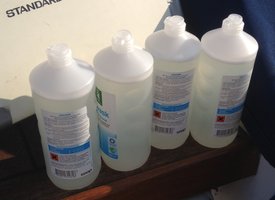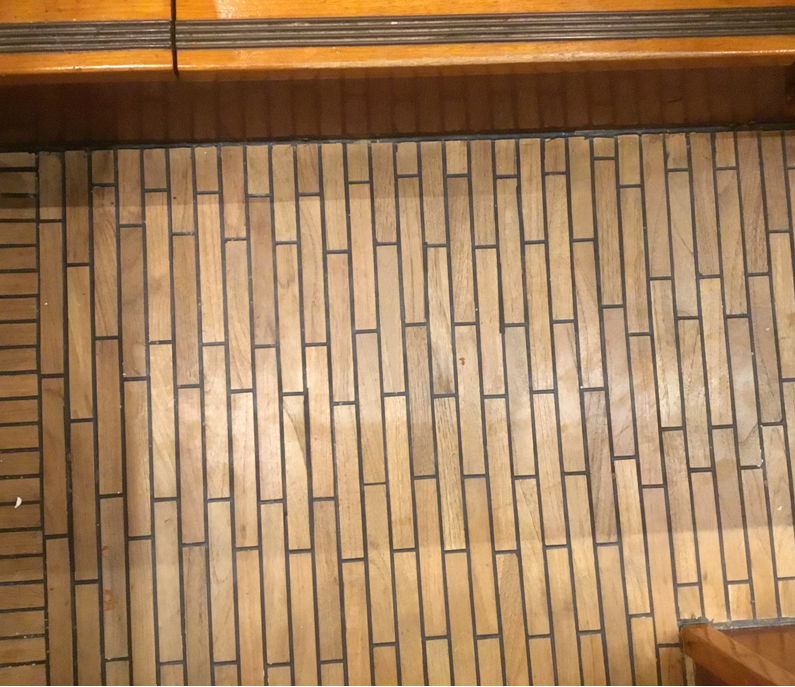
On the 2014 summer trip, we unfortunately poured diesel oil into the water tank of our boat.
What do you do with 200 liters of diesel oil in the water tank???
We tried a lot, but the below worked on our tank (500 liter steel tank)
- Get a sludge suction truck to remove moste of the mixture of diesel and water (diesel oil should not go overboard, not even during the subsequent rinses. Put a water hose on a faucet on board and the other end of the hose to a waste water drain ashore)
- Empty the tank, pour 5 l of food oil into the tank and fill the tank with water
- Empty the tank again and then “rinse the bottom” for a quarter of an hour, i.e. drain water as quickly as it is poured into the tank.
- Pour a bottle of dishwashing detergent into the tank and fill with water.
- Empty the tank and rinse thoroughly with water.
- Repeat 2.-5. until the last water coming out before the tank is empty has absolutely no smell of diesel (we repeated 4 times)
- Do a few extra cleanings with washing up liquid.
- Afterwards, clean the tank with a tank cleaning product.
The recipe was (after we had tried almost everything) made by a chemist. The idea is that food oil is miscible with diesel oil, and food oil, in contrast to diesel oil, can be washed out with dishwashing detergent added to the water.
Postscript:
If the tank is equipped with large inspection hatches, the easiest and safest way is to do a manual cleaning of the tank. Or if the tank can go out, it becomes even easier.
Please note that not all water pumps is diesel resistant. We had to buy a new water pump along the way.

